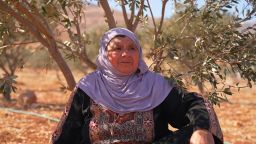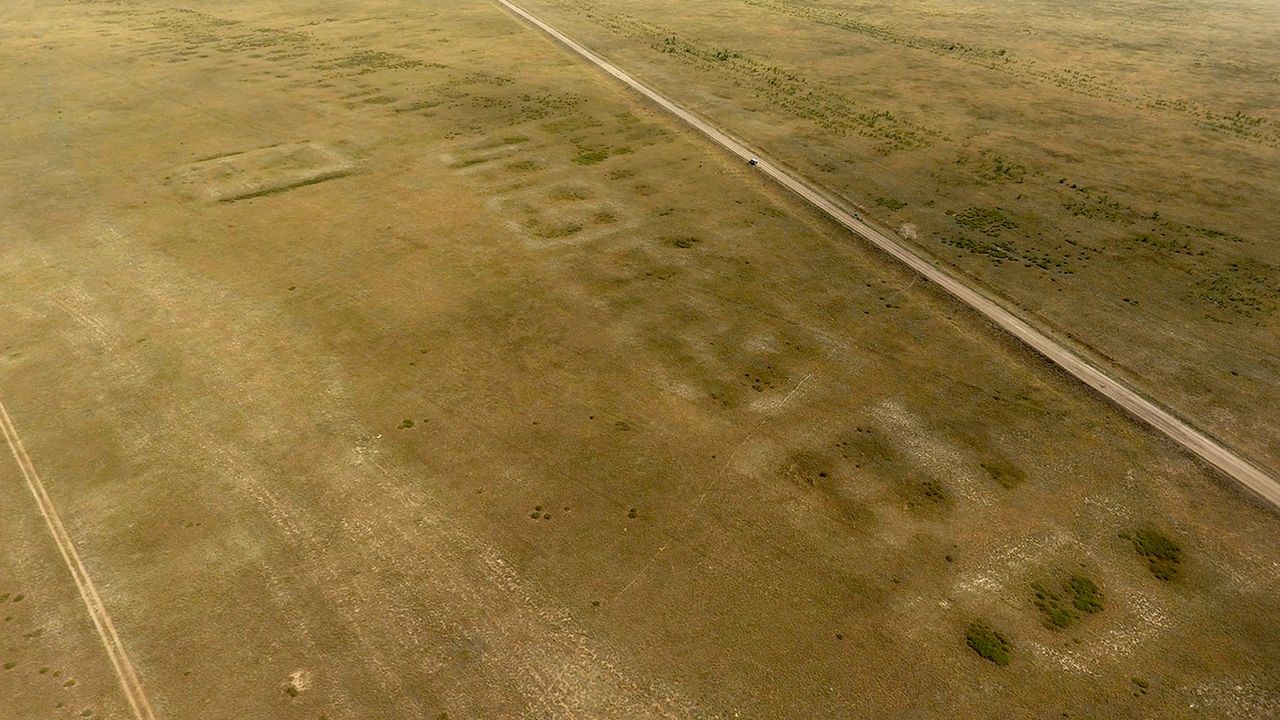BREAKING: Archaeologists have made a groundbreaking discovery on the steppe of Kazakhstan, unearthing a sprawling Bronze Age city that is estimated to be over 3,600 years old. The newly discovered settlement, named Semiyarka, spans an impressive 346 acres (140 hectares), dwarfing the contemporary villages of its time.
This significant find, just reported in the journal Antiquity on November 18, 2023, suggests that this early city was a major hub of metallurgical production, transforming our understanding of ancient steppe societies. “Semiyarka transforms our understanding of steppe societies,” stated study lead author Miljana Radivojević, an archaeologist at University College London. “It demonstrates that mobile communities were capable of building and sustaining permanent, well-organized settlements.”
Located atop a bluff above the Irtysh River in northeastern Kazakhstan, the site is strategically positioned, potentially controlling river access and trade routes. The prominence of the site has earned it the nickname “City of Seven Ravines.” Researchers believe Semiyarka was likely a center for trade, thanks to its proximity to metal ore deposits in the nearby Altai Mountains.
During their excavations, the team identified two rows of earthworks, forming a unique layout that suggests a planned community. Walls made of mud brick delineated individual households, while a larger central structure, about twice the size of others, may have served as a governmental or ritual space.
Notably, southeast of the earthworks, archaeologists discovered an area rich in metal artifacts, ores, and slag. This evidence indicates that Semiyarka was engaged in early industrial-scale metalworking, producing copper and tin bronze, essential materials for the Bronze Age economy. “This cornerstone of Eurasia’s Bronze Age economy has long remained absent from the archaeological record,” Radivojević emphasized.
The scale and sophistication of Semiyarka challenge previous assumptions about the social organization of Bronze Age communities in the region. Co-author Dan Lawrence, a landscape archaeologist at Durham University, remarked, “The scale and structure of Semiyarka are unlike anything else we’ve seen in the steppe zone.”
This discovery not only reshapes our understanding of ancient urbanism but also highlights the potential for future excavations to reveal even more about Semiyarka’s role within the broader context of Eurasian history. With ongoing and planned research, the findings from this site promise to shed light on the complexities of life in Bronze Age steppe societies.
As archaeologists continue their work, the implications of Semiyarka’s discovery are profound, offering a glimpse into a sophisticated society that thrived thousands of years ago. This urgent update is just the beginning of what could be a transformative chapter in the study of ancient civilizations. Stay tuned for more developments from this fascinating archaeological site.





































































